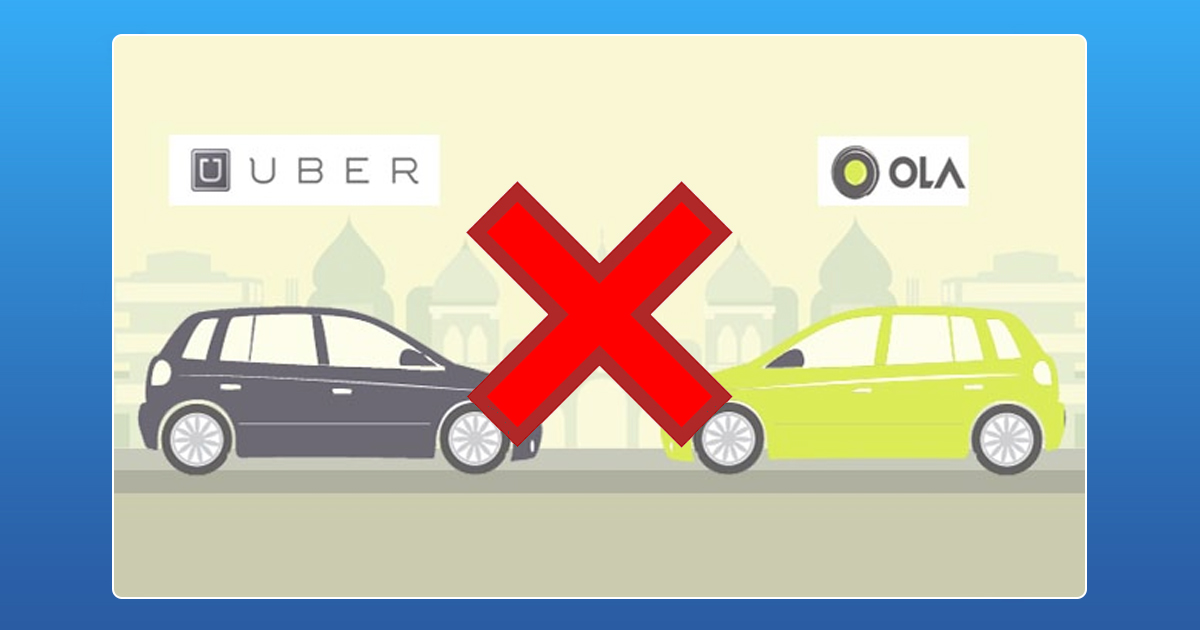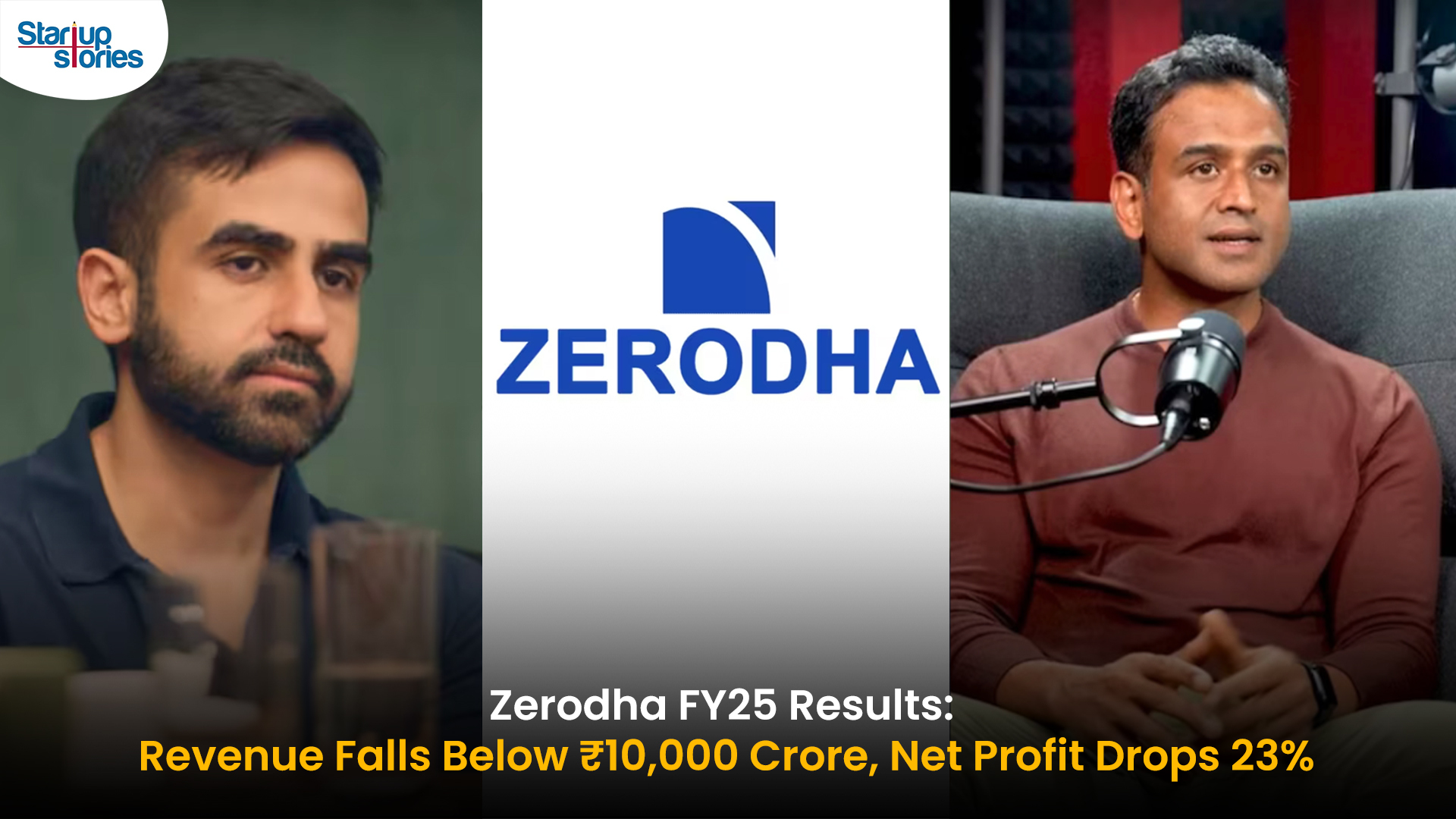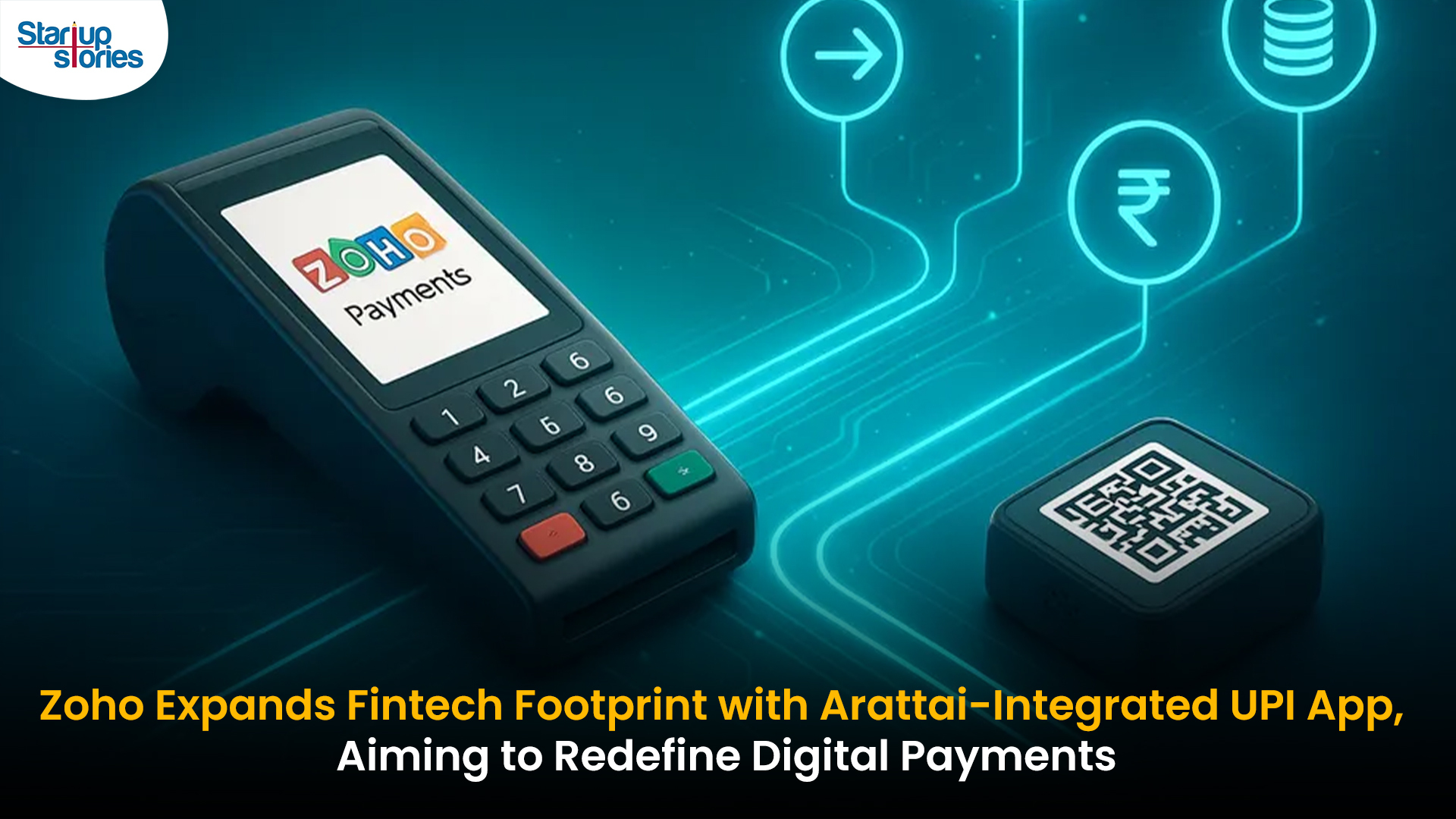Latest News
Ola And Uber: Boon Or Bane?

Technology is supposed to make life easier. Food, shopping, travelling and finance can be completed with just a click or with a swipe. Technology progressed rapidly in a very short span in ways that did not seem possible till just a while ago. The last couple of years have seen a drastic rise in technology based startups. These startups have helped mankind in every way possible. Or so it seems. Taxi aggregators such as Ola and Uber came as a relief to all those hassled travellers for whom private transport was not an option and who could not get to their destinations using public transport.
Ola and Uber came at a time when public transport was at its worst. Women were gropped, men were robbed and drivers were harsh. Public transport was out of the question, especially after the 2012 Nirbhaya case. Keeping this in mind, these taxi aggregators helped give riders a veil of safety in these dark circumstances. However, the little respite riders got seemed to disappear almost over night. While there are some good drivers with both Ola and Uber, there are a few bad apples in the basket.

“Pepper spray is a must have for me when I use either Ola or Uber for my travels,” says disgruntled user, Nishita. Safety is not just one of the things riders have a problem with these cab aggregators. Rain is a beautiful thing, but when Ola and Uber use it to boost cab prices, then this very rain is far from beautiful. Ride prices surge, drivers turn ugly and the whole situation turns into a B rated movie of sorts.
When Ola was first launched in India, it had two very strong incentives – the first ride free for new users and first ride free for referrals. This gave Ola a very loyal user base from the minute the app launched. Cut to a few months later, Uber tried it’s hand in the Indian marketplace and currently counts India as it’s second largest market. However, the honeymoon phase is over and reality reared its ugly head. What seemed to be a win win situation, in the beginning, has is now become an ugly menace. Several customers have faced multiple issues when trying to commute using such applications.

The cab aggregators while promising a smooth service, cannot be bothered with when it comes to customer care. The result is usually unhappy customers stranded, extorted and disgusted. “I have given up trying to get in touch with Ola’s Customer Care. They always have an automated answer and at the end of the matter, there is never a solution to the matter,” says Anita, a resident of Hyderabad.
Ola and Uber gave travellers everywhere the hope of comfort and travelling without hassles. The world, seen through tinted rose glasses, seems like a beautiful place. However, what happens when these glasses are taken off? Ola and Uber have become a bane rather than a boon and people are tired of being appeased by the nonsense these cab aggregators give in terms of an excuse for their crap service!

An informal survey revealed the obvious. From drivers cancelling rides half way through the ride to creepy advances on the riders, nothing seems to be going in Ola’s or Uber’s favour. It is not just the drivers that have gotten a bad name. Back end service does not work right, the arrival time is always sketchy and drivers are rude, arrogant and abusive. Buck up Ola and Uber, it is time to get your act together and give us the service you promised! We are not the unsophisticated cave dwellers you clearly seem to think we are. Own up. Take responsibility. Drive our lives back into the happy world it used to be in the beginning, because honestly if you keep this up, we will not be the loyal customers we have been so far.
Latest News
Kuku FM’s $200 Million IPO: Mebigo Labs Hires Top Bankers to Lead Public Listing

Kuku FM’s parent company, Mebigo Labs, has hired leading investment banks to prepare for a 200 million dollar IPO in India, marking a major milestone for the country’s digital audio ecosystem. The Mumbai-based company has reportedly appointed Kotak Mahindra Capital, Axis Bank and Morgan Stanley’s India unit to manage the proposed share sale, which is likely to be launched on Indian stock exchanges once key regulatory steps are completed. This move signals strong intent to tap public markets and test investor appetite for subscription-led regional audio platforms in India.
The planned IPO proceeds are expected to help Kuku FM expand its content library, strengthen its regional language offerings and invest in technology to enhance user experience. With a focus on Hindi, Marathi, Tamil and other Indian languages, Kuku FM aims to capture the fast-growing audience in Tier 2 and Tier 3 cities seeking affordable audiobooks, courses and storytelling content. The funds could also provide additional firepower for marketing, partnerships and product innovation, helping the platform compete more aggressively in India’s crowded digital entertainment and creator economy landscape.
Founded in 2018, Kuku FM has built a subscription-driven business model and has reportedly scaled to millions of paying users, backed by multiple funding rounds from prominent investors. Its decision to pursue a 200 million dollar IPO positions it as one of the first major Indian audio platforms to attempt a public listing, potentially paving the way for other podcast and niche content startups to follow. As the IPO process moves forward, Kuku FM’s performance in the public markets will be closely watched as a key indicator of how investors value regional, knowledge-first audio platforms in India’s booming digital economy.
Latest News
Zerodha Reports 23% Profit Decline in FY25 as Revenues Miss Target

Zerodha experienced a challenging FY25, as its revenue fell 11.5% to ₹8,847 crore and net profit dropped 22.9% to ₹4,237 crore. This decline reflects tougher regulatory conditions, lower trading volumes, and increased operational costs in the brokerage market, all of which impacted core earning segments for the company.
Despite these headwinds, Zerodha improved its operating margin to 63.78% and built up significant cash reserves, reporting ₹22,679 crore in bank balances. Salary expenses and director remuneration increased, but disciplined cost controls helped the company maintain profitability and a debt-free balance sheet. The drop in active clients and increased compliance costs further contributed to the profit contraction.
Looking ahead, Zerodha’s resilience is supported by its robust cash position and operational efficiency. Maintaining steady margins, diversifying product offerings, and investing in technology positions the company to withstand future regulatory fluctuations and changing market sentiment reinforcing its status as one of India’s leading brokerage firms.
Latest News
Zoho Pay Debuts as India’s New UPI Challenger, Taking on PhonePe, Paytm, and Google Pay

Zoho Corporation has expanded its fintech portfolio with the launch of Zoho Pay, a UPI-based payments app built to challenge India’s top digital payment giants such as PhonePe, Paytm, and Google Pay. The new app supports peer-to-peer transfers, bill payments, QR-based transactions, and merchant settlements in a streamlined interface. Available as both a standalone app and an integrated feature inside Zoho’s privacy-driven messenger Arattai, Zoho Pay enables users to handle chats and payments in one platform, emphasizing data privacy and Made-in-India innovation.
Through seamless integration with Arattai, Zoho Pay allows users to send or request payments, split expenses, and conduct UPI-based transactions directly in their chat windows. Users can link bank accounts, scan dynamic QR codes, and receive audio confirmations of payments, ensuring speed and security. This design mirrors the simplicity of India’s leading UPI apps but is powered by Zoho’s non-advertising, privacy-first model. The integration aligns with Zoho’s mission to build a self-reliant digital ecosystem, where messaging and money management coexist securely.
In the competitive digital payments market, Zoho Pay differentiates itself through its tight business software integration with apps like Zoho Books, Zoho Payroll, and Zoho Commerce, offering small businesses unified access to payments, billing, and accounting. The company is also expanding its reach with POS devices for merchants featuring UPI QR, card payments, and instant reconciliation tools. With founder Sridhar Vembu’s vision of a ‘Chat + Pay’ ecosystem, Zoho Pay reflects a bold step toward redefining India’s fintech scene with a secure, ad-free, and locally developed alternative to global payment platforms.












J88
November 5, 2025 at 4:53 pm
Đến với J88, bạn sẽ được trải nghiệm dịch vụ cá cược chuyên nghiệp cùng hàng ngàn sự kiện khuyến mãi độc quyền.
Kuwin
November 7, 2025 at 1:42 pm
kuwin sở hữu kho game đa dạng từ slot đến trò chơi bài đổi thưởng, mang đến cho bạn những giây phút giải trí tuyệt vời.
谷歌站群
November 9, 2025 at 2:43 am
专业构建与管理谷歌站群网络,助力品牌实现全域流量的强势增长。谷歌站群
站群程序
November 12, 2025 at 9:20 am
采用高效谷歌站群策略,快速提升网站在搜索引擎中的可见性与权重。谷歌站群
MM88
November 16, 2025 at 8:06 am
Khám phá thế giới giải trí trực tuyến đỉnh cao tại MM88, nơi mang đến những trải nghiệm cá cược thể thao và casino sống động.
MM88
November 20, 2025 at 6:42 am
Với giao diện mượt mà và ưu đãi hấp dẫn, MM88 là lựa chọn lý tưởng cho các tín đồ giải trí trực tuyến.
iwin
November 20, 2025 at 11:52 pm
iwin – nền tảng game bài đổi thưởng uy tín, nơi bạn có thể thử vận may và tận hưởng nhiều tựa game hấp
GO88
November 22, 2025 at 8:42 am
Tham gia cộng đồng game thủ tại Go88 để trải nghiệm các trò chơi bài, poker phổ biến nhất hiện nay.